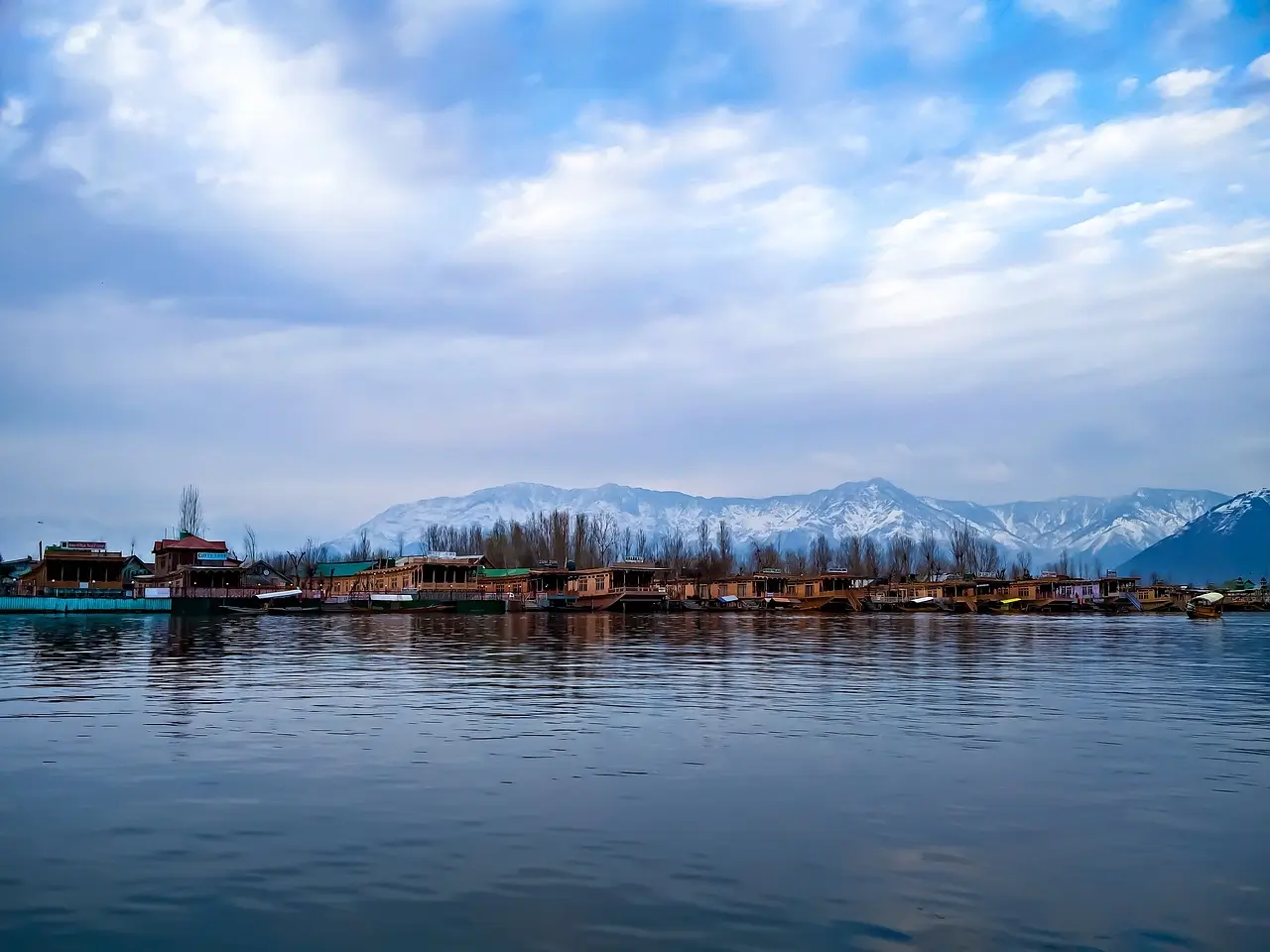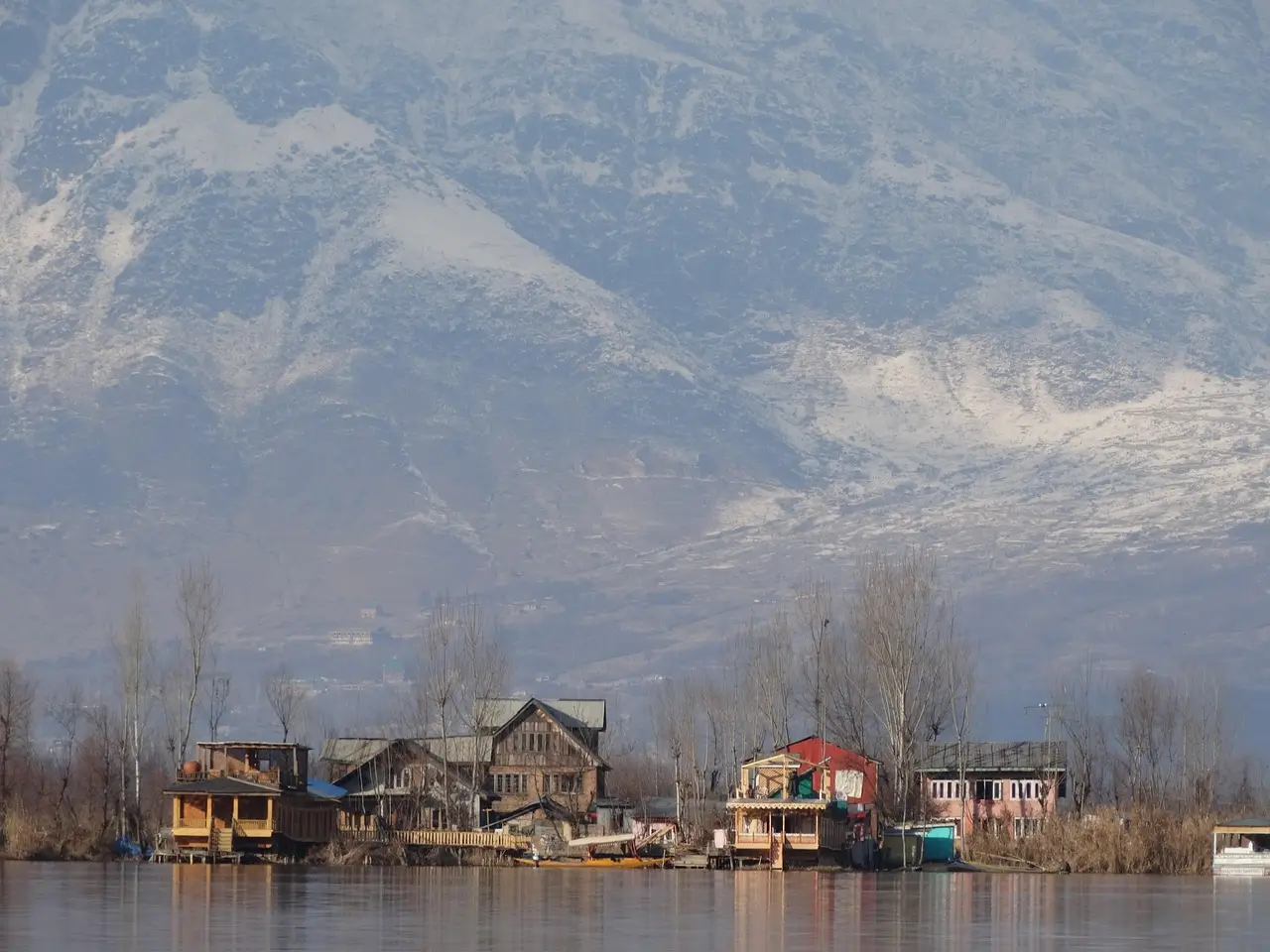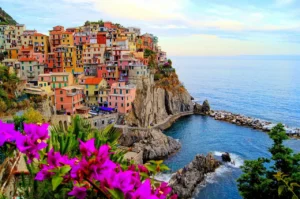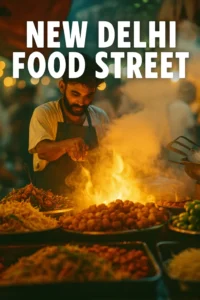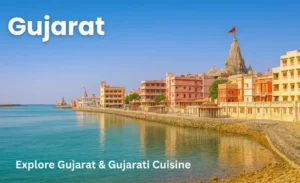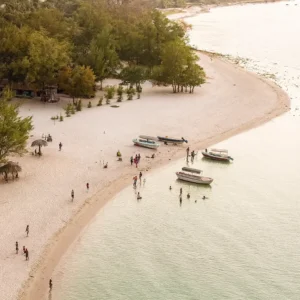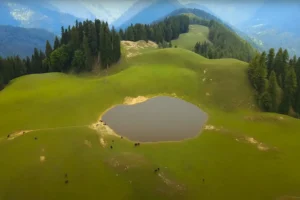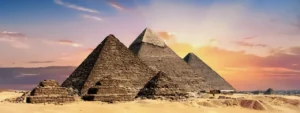Contents
ToggleThe Heart of Paradise on Earth
Kashmir, often celebrated as “Paradise on Earth,” is more than just snow-capped mountains, lush valleys, and shimmering lakes. At the core of this breathtaking land lies its rich cultural heritage and unique customs. Deeply rooted in centuries of Indian history, spirituality, art, and hospitality, Kashmiri culture and customs reflects a blend of influences that have shaped its identity.
While Kashmir dazzles travelers with its natural beauty, its culture offers an equally enriching experience. From age-old traditions and warm hospitality to colorful festivals, spiritual harmony, and world-famous handicrafts, Kashmir is a living canvas of diversity. For anyone seeking to understand India’s cultural depth, Kashmiri customs are a jewel not to be missed.
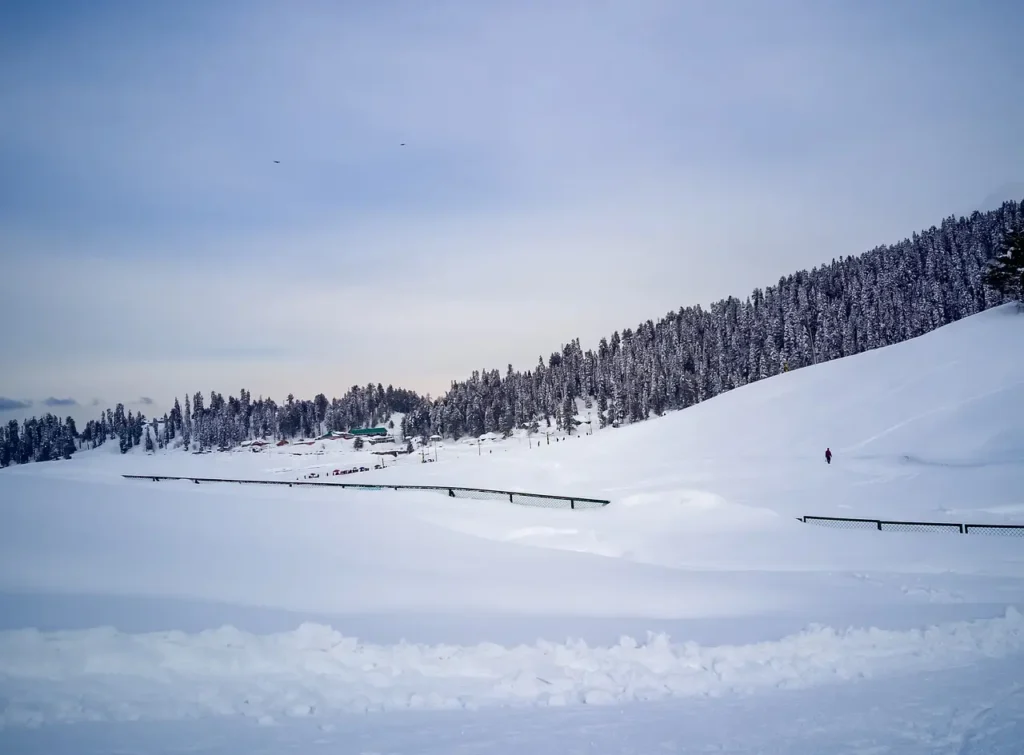
Traditional Lifestyle and Core Values
Hospitality: Treating Guests as Family
In Kashmiri culture, guests are regarded as “Mehman Nawazi” (a blessing). Visitors are treated with warmth and respect, often greeted with a steaming cup of Kahwa tea and traditional snacks. Hospitality isn’t just a practice; it’s a way of life that reflects the Indian philosophy of Atithi Devo Bhava (the guest is God).
Community Spirit and Village Life
Kashmiri villages thrive on unity and cooperation. Neighbors support each other during weddings, farming, or festivals. This close-knit community structure has preserved traditions for centuries, creating a society where togetherness is a cultural strength.
Simplicity in Living and Attire
Life in Kashmir balances simplicity and elegance. Homes are built with wooden architecture that blends with nature. Traditional attire like the Pheran reflects both modesty and practicality, while food habits emphasize harmony with the environment.
Religion and Spiritual Heritage
Islamic Traditions and Sufi Influence
Islam plays a central role in Kashmiri life, with Sufi saints and shrines being spiritual centers. The teachings of love, peace, and tolerance from Sufi saints continue to guide Kashmiri traditions.
Kashmiri Pandit Customs and Temples
The Kashmiri Pandits, one of the oldest Hindu communities in India, enrich the valley’s culture through their festivals, rituals, and devotion. Temples like Kheer Bhawani and traditions like Herath (Shivratri) hold immense cultural significance.
Shared Shrines: A Symbol of Harmony
Kashmir is known for its syncretic culture, where mosques, temples, and shrines often stand together. This fusion of spiritual traditions symbolizes unity in diversity, reflecting India’s cultural ethos.
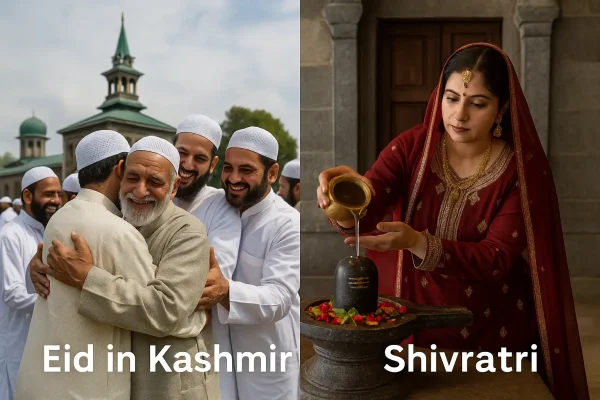
Festivals and Celebrations of Kashmir
Eid-ul-Fitr & Eid-ul-Adha
Eid celebrations bring families together for prayers, feasts, and charity. The aroma of traditional dishes fills homes, creating an atmosphere of joy and community.
Herath (Shivratri) of Kashmiri Pandits
Unique to Kashmir, Herath is celebrated with family prayers, rituals, and feasting. It highlights the deep-rooted Hindu traditions that coexist in the valley.
Nowruz – The Festival of Spring
Nowruz marks the arrival of spring with cultural programs, poetry recitations, and family gatherings. It is a festival of renewal and optimism.
Tulip Festival of Srinagar
Held every spring in Asia’s largest tulip garden, this festival showcases millions of tulips in bloom. It attracts tourists worldwide and celebrates Kashmir’s natural beauty and heritage.
Kashmiri Cuisine and Food Traditions
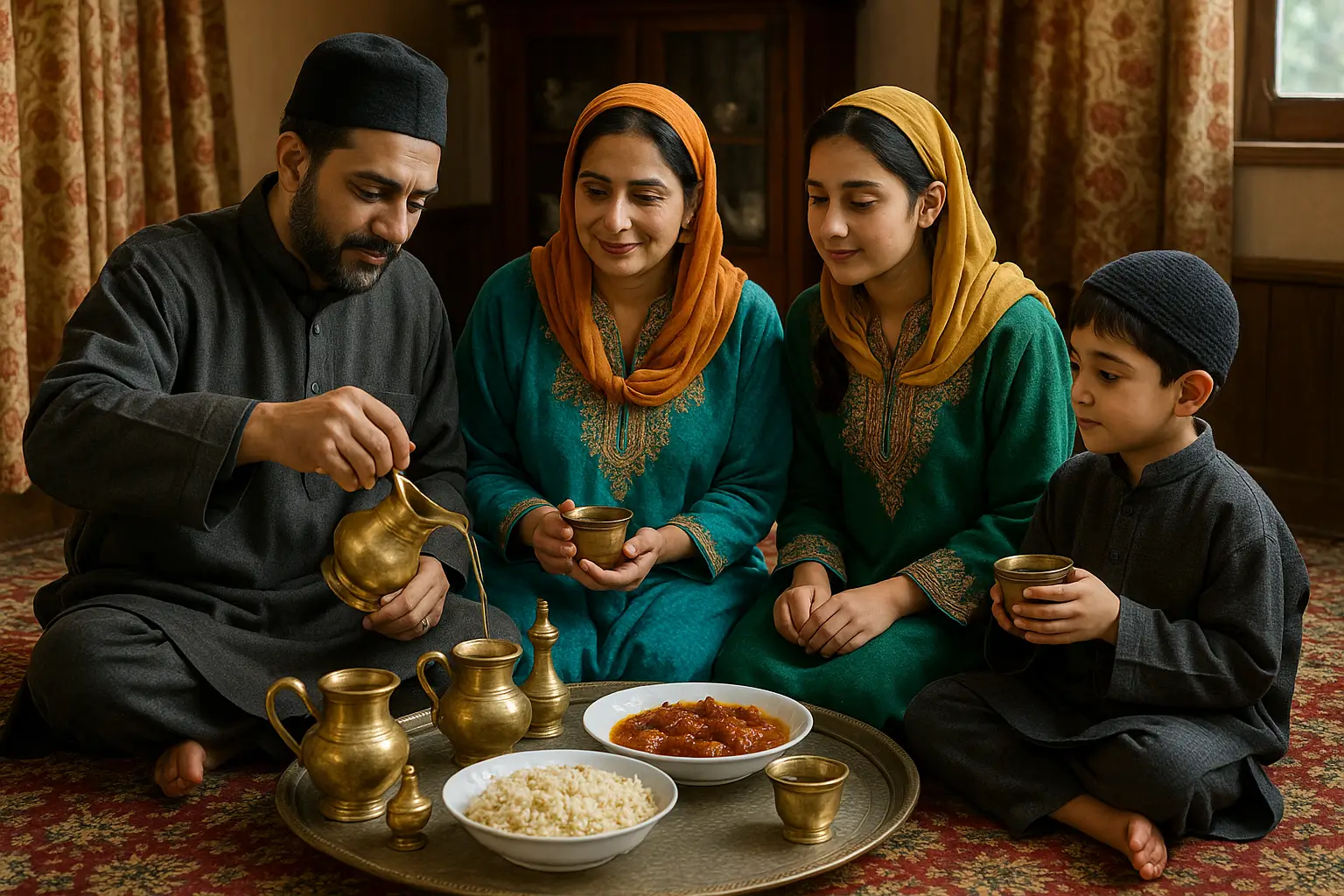
Wazwan: The Royal Feast
Wazwan is more than food—it is an art of hospitality. A multi-course meal prepared with precision, Wazwan includes delicacies like Rogan Josh, Gushtaba, Yakhni, and Rista. It is considered a cultural symbol of Kashmir and a pride of Indian cuisine.
Kahwa: The Soul of Kashmiri Hospitality
Kahwa, a saffron-flavored green tea, is a symbol of warmth and welcome. Served in gatherings, it reflects the valley’s spirit of friendship and hospitality.
Signature Dishes: Rogan Josh, Gushtaba & More
Kashmir’s food customs include both vegetarian and non-vegetarian delights. Dishes like Modur Pulav (sweet saffron rice), Dum Aloo, and Tabak Maaz highlight the region’s rich culinary diversity.
Arts, Handicrafts, and Heritage
Pashmina Shawls – World-Famous Elegance
Handwoven Pashmina shawls are renowned globally for their softness and fine craftsmanship. They are a symbol of Kashmiri heritage and luxury.
Papier-mâché and Hand-Knotted Carpets
The art of papier-mâché, with its vibrant colors and patterns, represents Kashmir’s creative spirit. Hand-knotted carpets, often with Persian designs, showcase exquisite artistry.
Walnut Wood Carving: An Artistic Treasure
Kashmir’s walnut wood carving is unique in India, producing furniture and decorative items that blend durability with beauty.
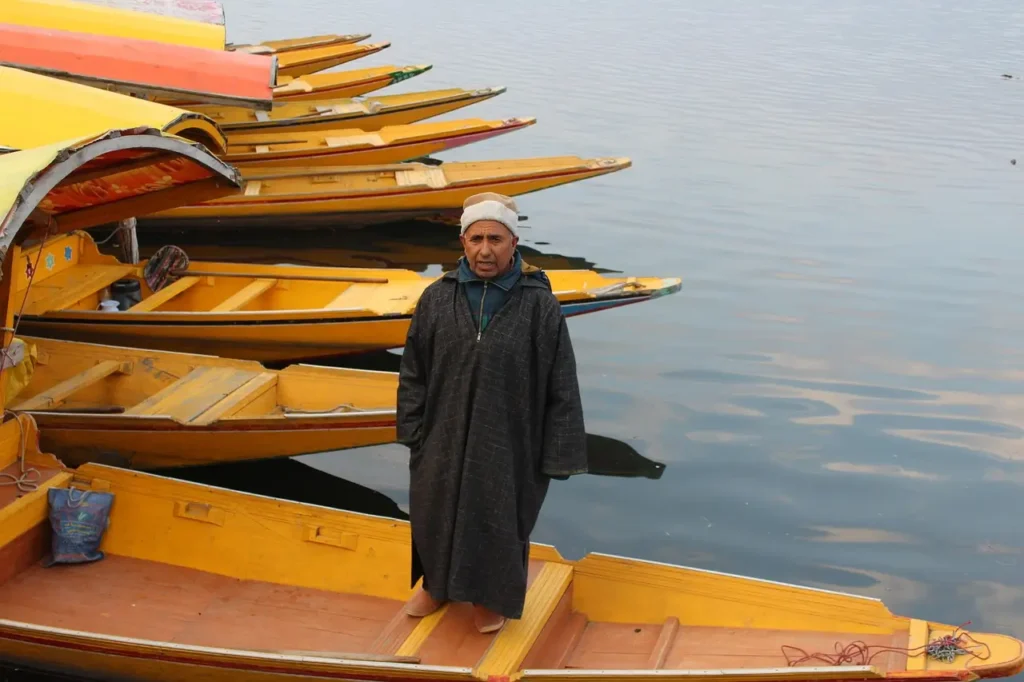
Traditional Dress and Daily Customs
Pheran: The Iconic Kashmiri Attire
The Pheran, a loose woolen gown, is a winter essential for both men and women. Its design reflects comfort and tradition.
Kangri: A Warmth Tradition of Winter
A Kangri is an earthen pot filled with burning embers, carried beneath the Pheran to provide warmth during harsh winters. This centuries-old custom showcases Kashmiri ingenuity.
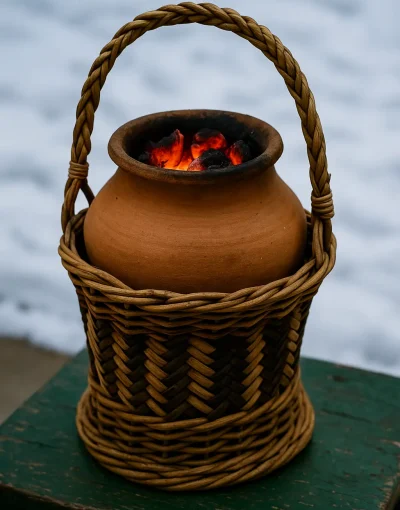
Folk Music, Dance, and Cultural Expressions
Rouf Dance and Women’s Performances
Performed during festivals and weddings, Rouf dance brings women together in rhythmic harmony. It celebrates community joy and festivity.
Sufi Music, Chakri, and Traditional Instruments
Kashmiri folk music is deeply spiritual. Sufi music and Chakri express devotion, while instruments like the santoor and rabab add melodic richness.
Dress for Comfort While Travelling in India: Ultimate Fashion Guide for Foreign Tourists
Marriage Customs and Family Traditions
Pre-Wedding Rituals
Kashmiri weddings are elaborate and filled with rituals. The celebrations begin with Krool Khanun, where the bride’s and groom’s homes are decorated. Engagements involve exchange of gifts, jewelry, and traditional attire.
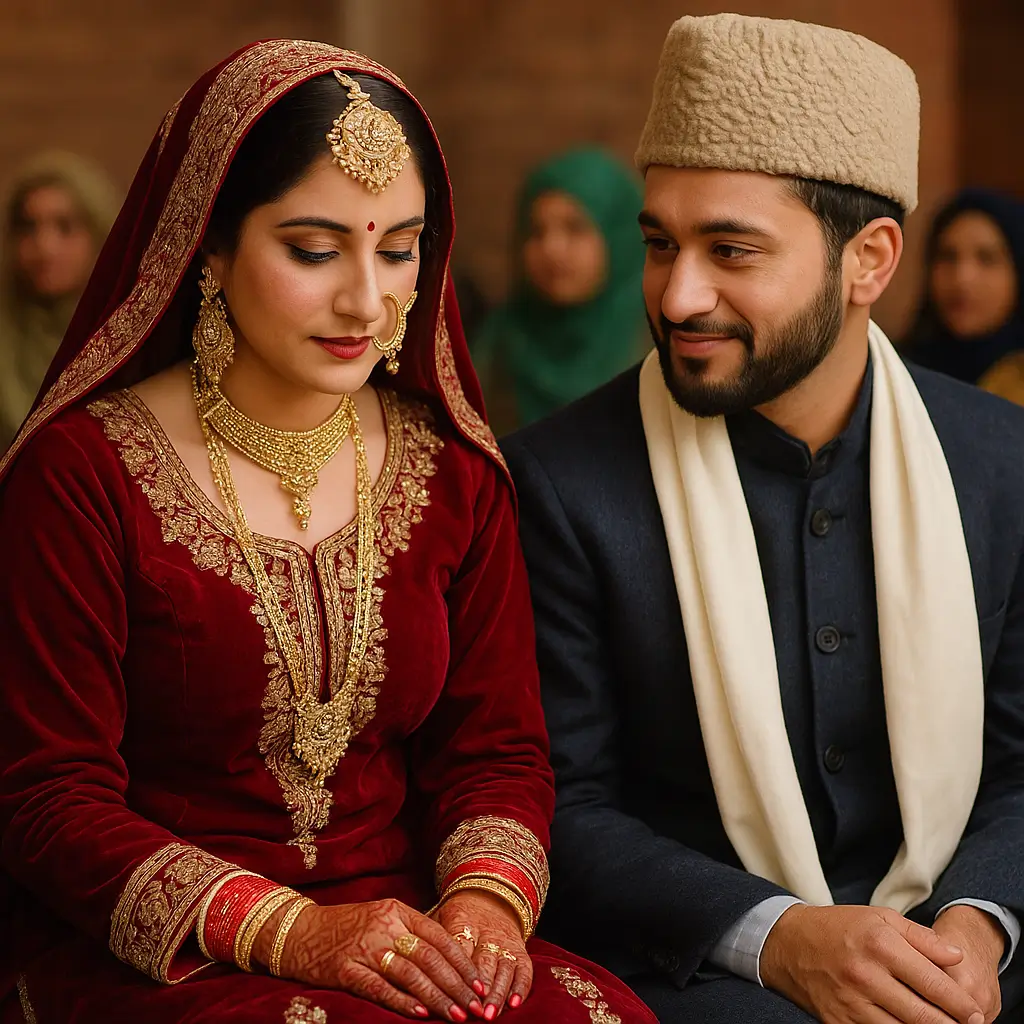
Wedding Ceremonies and Attire
The wedding day is a grand affair with the Nikah ceremony for Muslims and traditional Hindu rituals for Kashmiri Pandits. Brides wear richly embroidered pherans or lehengas, often adorned with gold jewelry and the iconic dejhoor earrings.
Post-Wedding Traditions
After the ceremony, the couple is welcomed with rituals like Posh Puza (flower showering) and a grand Wazwan feast for the guests. These customs reflect the importance of family and community in Kashmiri culture.
Kashmiri Language, Literature, and Poetry
Kashmiri, Urdu, and Persian Influence
The Kashmiri language, enriched by Persian and Urdu, forms the foundation of local literature. Folk songs, riddles, and proverbs are widely shared in households.
Poetry of Lal Ded and Habba Khatoon
Kashmir has produced literary giants like Lal Ded (Lalleshwari), a 14th-century mystic poetess, and Habba Khatoon, the “Nightingale of Kashmir.” Their verses blend spirituality, philosophy, and love, forming the soul of Kashmiri literature.
Architecture and Cultural Landmarks
Wooden Houses and Carved Balconies
Kashmiri homes often feature wooden designs, carved windows, and sloping roofs. Traditional houses (Dhajji Dewari style) are earthquake-resistant, combining beauty with practicality.
Why India for Tourism is the World’s Hottest Destination Right Now
Temples, Mosques, and Shrines
Kashmir is dotted with ancient temples, majestic mosques, and revered Sufi shrines. The Shankaracharya Temple, Hazratbal Shrine, and Awantipora ruins are cultural landmarks reflecting the region’s spiritual diversity.
Modern Influence on Kashmiri Culture
Impact of Tourism and Globalization
Tourism has introduced Kashmiri culture to the world. Global exposure has modernized lifestyles, but traditions remain intact in weddings, handicrafts, and festivals.
Preservation of Traditions in the Modern Era
Despite modernization, Kashmiris continue to preserve their art, music, and attire. Government initiatives and local efforts support artisans, ensuring that Kashmir’s cultural identity thrives alongside progress.
FAQs on Kashmiri Culture and Customs
Q1: What makes Kashmiri culture unique compared to the rest of India?
Ans. Kashmiri culture stands out for its blend of Hindu, Islamic, and Sufi traditions, unique attire like the Pheran, and its world-famous cuisine and handicrafts.
Q2: What is the significance of Wazwan in Kashmiri culture?
Ans. wazwan is not just food but a symbol of hospitality and celebration, served during weddings, festivals, and special gatherings.
Q3: Which festivals are most important in Kashmir?
Ans. Major festivals include Eid-ul-Fitr, Eid-ul-Adha, Shivratri (Herath), Nowruz, and the Tulip Festival in Srinagar.
Q4: What are some famous Kashmiri handicrafts?
Ans. Kashmir is known for Pashmina shawls, papier-mâché art, walnut wood carvings, and hand-knotted carpets.
Q5: How do Kashmiris keep warm in winter?
Ans. People wear Pherans and use Kangris, earthen pots with embers, to stay warm during freezing winters.
Q6: What role does music and dance play in Kashmiri culture?
Ans. Music and dance, like Rouf and Sufi singing, are central to celebrations and festivals, reflecting joy, devotion, and cultural pride.
Conclusion: Experiencing Kashmir Beyond its Landscapes
Kashmir is often described as a paradise for its beauty, but kashmiri culture and customs are equally enchanting. From the warmth of hospitality to the grandeur of Wazwan, from the elegance of Pashmina shawls to the soulful poetry of Lal Ded, Kashmiri traditions represent India’s cultural richness at its finest.
For travelers, experiencing Kashmir means living its traditions, tasting its cuisine, and embracing its festivals. For admirers of heritage, it’s about preserving the art, music, and spirit that make Kashmir timeless. Truly, Kashmir is not only a natural wonder but also a cultural jewel of India.

